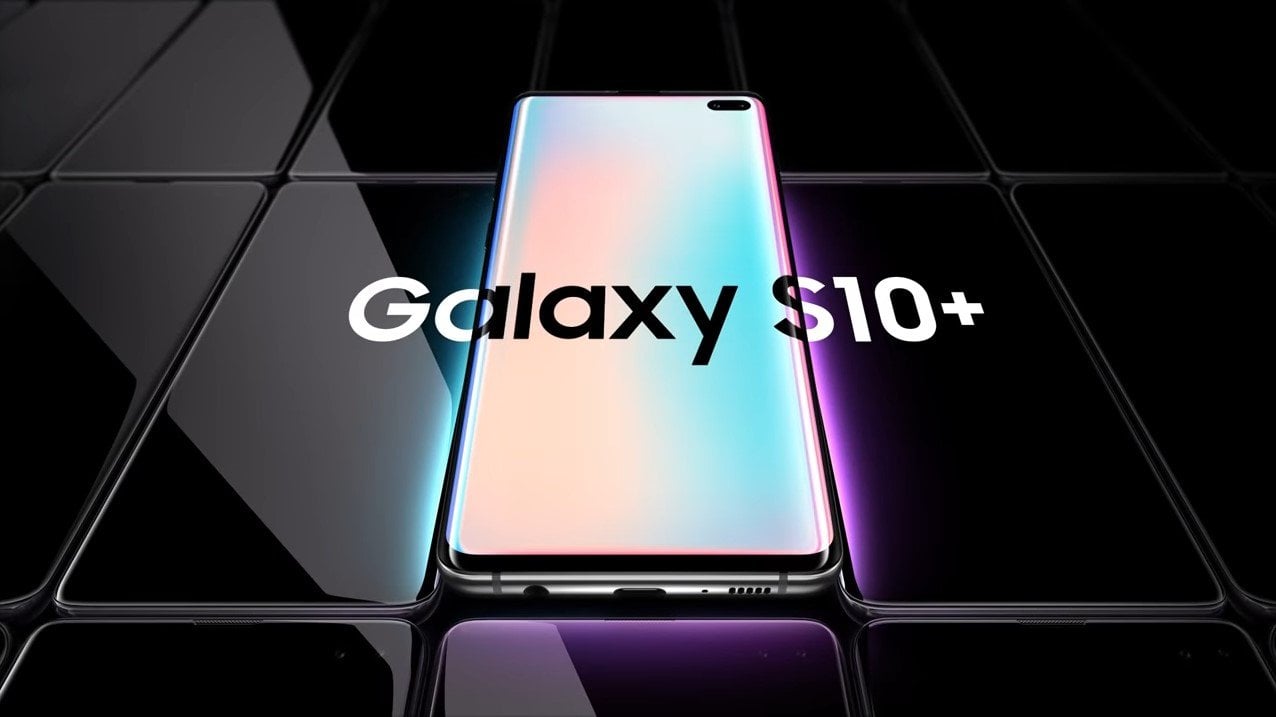Samsung’s Galaxy S10 series of smartphones are off to a strong start. The Korean company unveiled them on February 20 in San Francisco and started accepting pre-orders on February 21st. The pre-orders have been much higher than expected. Based on strong pre-order demand, one of the most respected technology analysts has increased his Galaxy S10 shipment estimates for this year by as much as 30%.
Galaxy S10 shipment could reach 40-45 million units this year
The Galaxy S10 series would hit the store shelves on March 8, when you’ll be able to buy the devices from online and offline stores. Samsung had assured pre-order customers that they would get their units delivered by March 8th. It appears that pre-order customers have already started receiving their phones. Those who pre-ordered the S10, S10 Plus or S10E have received notifications that their pre-orders have been shipped.
TF International Securities analyst Ming-Chi Kuo said in an investor note (via 9to5Mac) that the Galaxy S10 series pre-orders were 30-40% higher than the Galaxy S9 series last year. Based on the research firm’s survey and strong pre-order demand, Kuo has increased his Galaxy S10 shipment estimates by 30% for this year. He now expects the S10 series shipments to be in the range of 40-45 million, up from his previous estimate of 30-35 million units.
While the Galaxy S10E is the cheapest of the three phones, Kuo says it will account for less than 15% of total shipments. Consumers are willing to pay more for larger displays, better cameras, and innovative features. So, the Galaxy S10 and S10 Plus will together account for more than 85% of shipments, said the analyst.
Factors driving up the Galaxy S10 demand
Kuo attributed several factors for the increased Galaxy S10 shipment including the market’s bearish view on high-end smartphone growth. While Apple is struggling in China, Samsung has seen a “much better-than-expected demand” in the world’s largest smartphone market despite fierce competition from Xiaomi, Huawei, Oppo, and Vivo. Samsung’s lucrative trade-in programs also attracted customers.
He added that the “spec differentiation” from the current batch of iPhones is also helping the Samsung flagship. The Galaxy S10 Plus has triple cameras on the back and dual camera on the front. According to DxOMark, the Galaxy S10 Plus camera is far better than the iPhone XS Max. Apple is rumored to introduce triple cameras with its 2019 flagship.
The Galaxy S10 and S10 Plus also feature a fast and secure ultrasonic fingerprint sensor embedded under the display. It allows users to unlock the device by placing their finger on the screen. It works even when your hands are wet or dirty. It sets the Samsung flagship apart from iPhones, which use the Face ID facial recognition system.
The latest Samsung phones also support ‘bilateral wireless charging,’ meaning you can use them to charge your accessories and other devices wirelessly. The Galaxy S10 phones will benefit from the lack of these innovative features on the iPhones.
The Galaxy S10 series of phones are powered by Qualcomm’s latest Snapdragon 855 processor (in the US) or Samsung’s in-house Exynos 9820 (other markets). They run Samsung’s new One UI skin on top of Android 9 Pie. The One UI interface has been praised for its intuitive and smart design. The highest-end Galaxy S10 Plus packs 12GB RAM and 1TB of internal storage. There is also a microSD card slot for up to 512GB of external storage.
The Galaxy S10E – the cheapest of the three – has been priced at $750 for the 128GB storage option and $850 for the 256GB variant. It will compete with devices like OnePlus 6T and Xiaomi’s Pocophone. The standard Galaxy S10 costs $900 for the 128GB option and $1150 for the 512GB variant. If you want to buy the S10 Plus, you will have to shell out $1000 for the 128GB model, $1250 for the 512GB variant, and $1600 for the 1TB storage version.





